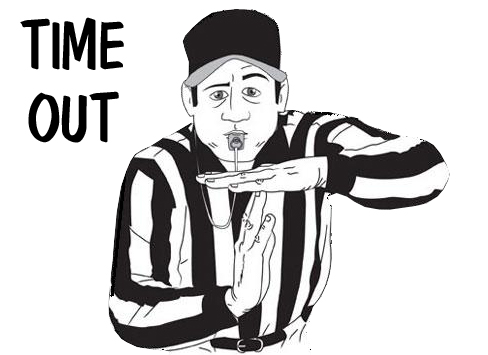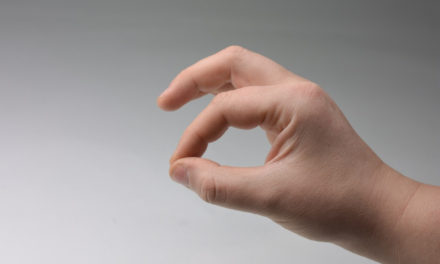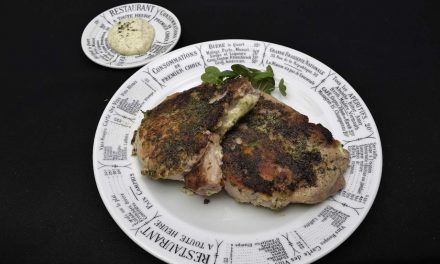Using one bath to prepare several steaks of different temps/appearance of doneness.
For further reference, join us on Facebook
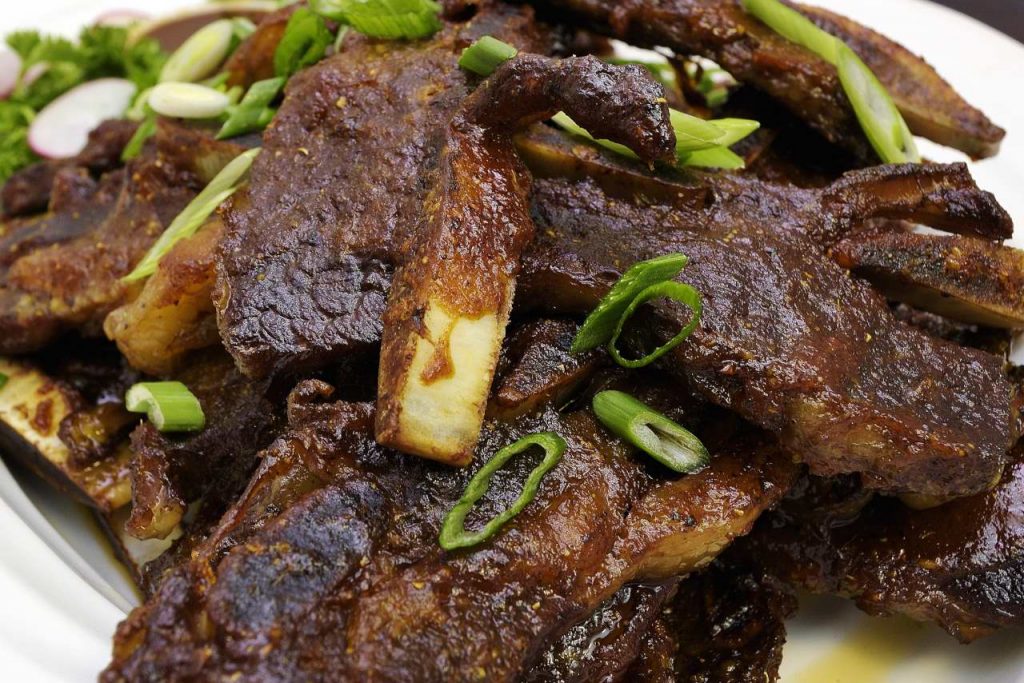

Time versus temperature
Safety
Rub this, or, stop rubbing me the wrong way
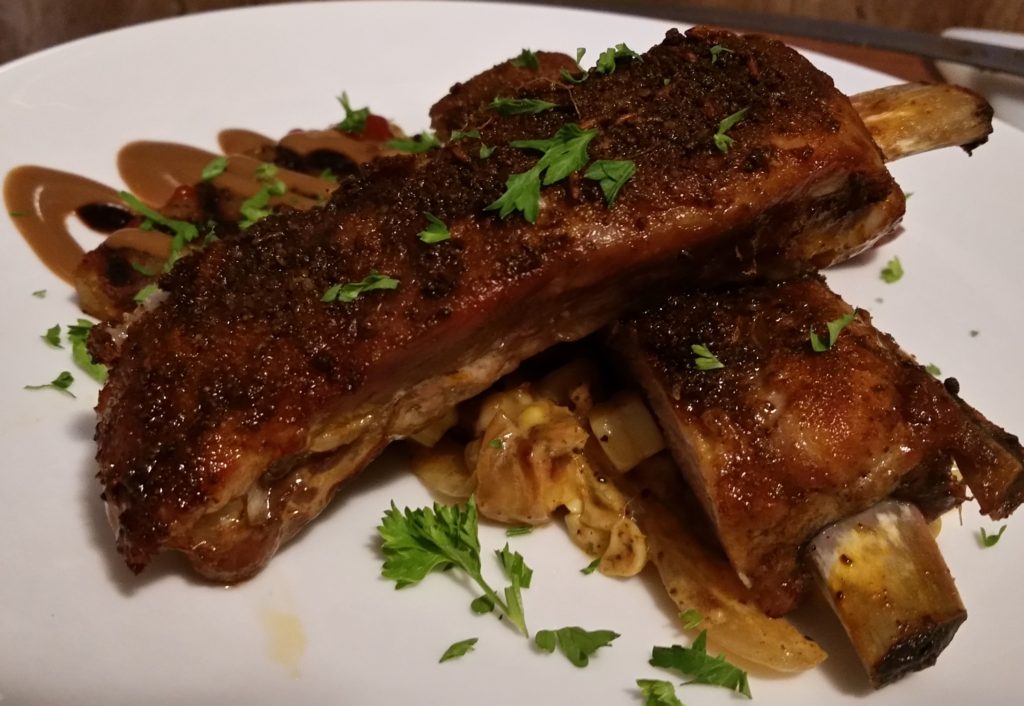
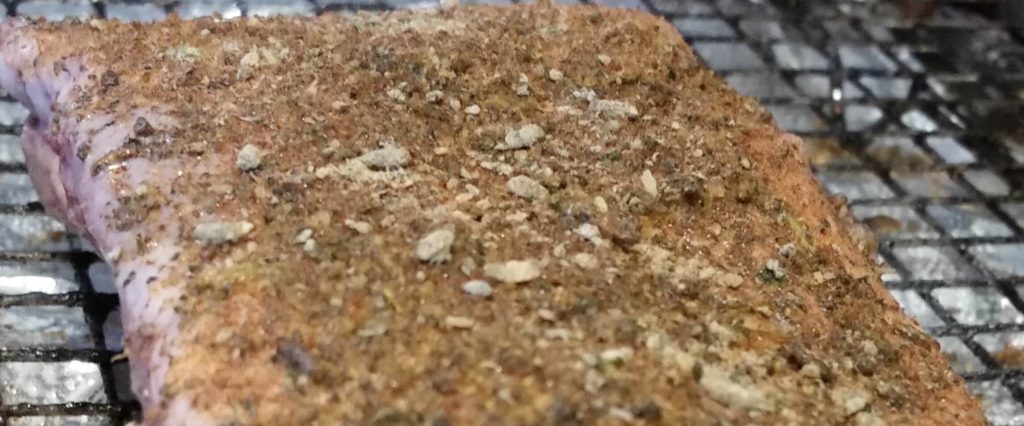
Being new to the game
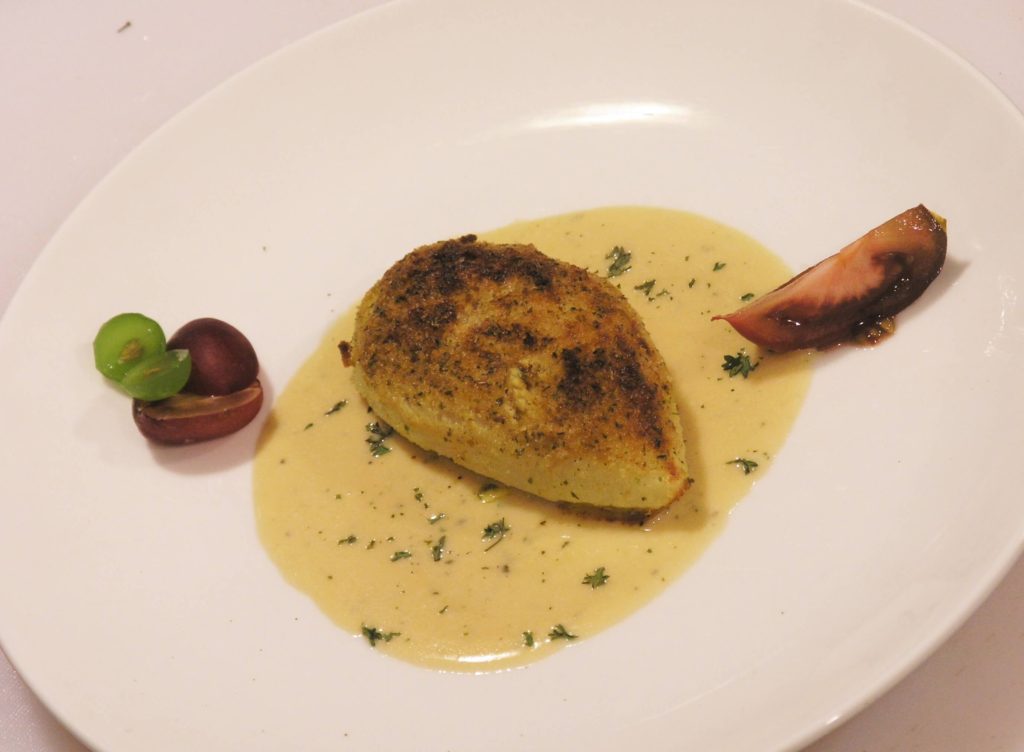
- Temperature determines appearance of doneness. Temps as low as 129F (or a little lower) are used when you want your beef or lamb to appear “rare.” Lower than that may not be hot enough to kill pathogens.
- Chicken, pork, and other barnyard animals aren’t usually served pink, so their temps start more like 135F, assuming you are going to rekindle after processing.
- Heat causes damage–breakdown of cellular structure, etc. The lower the temp, the less damage.
- The higher the temperature, the faster the tenderization process.
- Time determines tenderness. The longer you process, the more tender the protein becomes.
- Time should not be used to MEASURE tenderness. Tenderness is subjective, and there is no “moment” before which the meat is tough and after which the meat is falling apart. Tenderness is determined through use of the pinch and poke method–linked in the group guidelines. Easy to learn.
- After processing, proteins must be either consumed or shocked in iced water to 70F and refrigerated at 40F. If you do not crack the bag, the pasteurized proteins will keep refrigerated much like a carton of milk from the market.
Origins
Many of us know that August Escoffier is usually considered to be the originator of classical French cuisine. This causes a certain amount of confusion. Actually, Escoffier’s role was more to “codify” a style/method/philosophy of cooking that already existed. Most people and even most chefs have never heard of Marie-Antoine Carême.Carême was a (male) celebrity chef long before Puck, Flay, Lagasse et al, even before Escoffier. Gastronomic historians consider Carême to be the FIRST celebrity chef. Of course, the global, 24/7 media machine that we have today didn’t exist in the 18th and 19th centuries. A chef famous in Paris could be totally unknown in Lyon, less than a hundred miles away.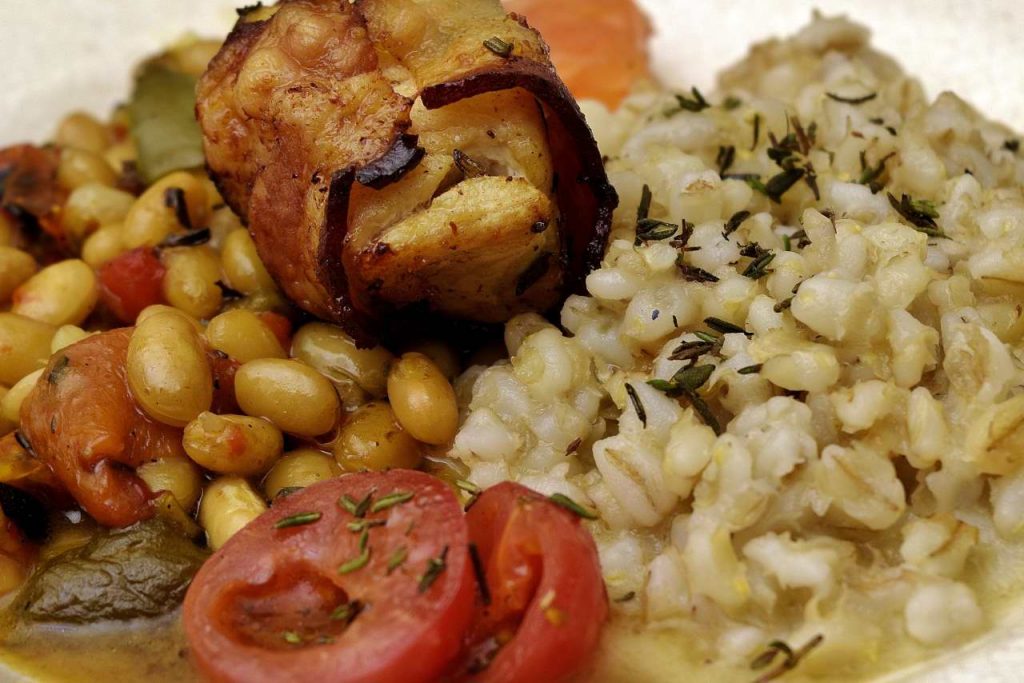 Born in 1784 and the youngest of 16 children, Carême’s parents abandoned him in 1794. It was the height of the French Revolution and things were tough. Carême worked as an unskilled laborer in a neighborhood café, and then apprenticed in a pastry shop at the tender (but typical) age of 14. Eventually, he became quite well known for his creativity, and himself codified traditional recipes in literature.Carême died of respiratory illness at the age of 48–what we call emphysema. Stoves were charcoal fired back then, and chefs were routinely exposed to the toxic fumes–rather like if we stood over an open barbecue all day. Chef Carême died eleven years before Escoffier was even born (1846– 1935).Many recipes and methods that Escoffier is given credit for were already in use in Carême’s time, including the so-called “classical sauces”– Béchamel, Velouté, Espagnole, Sauce Tomat, and even Hollandaise.
Born in 1784 and the youngest of 16 children, Carême’s parents abandoned him in 1794. It was the height of the French Revolution and things were tough. Carême worked as an unskilled laborer in a neighborhood café, and then apprenticed in a pastry shop at the tender (but typical) age of 14. Eventually, he became quite well known for his creativity, and himself codified traditional recipes in literature.Carême died of respiratory illness at the age of 48–what we call emphysema. Stoves were charcoal fired back then, and chefs were routinely exposed to the toxic fumes–rather like if we stood over an open barbecue all day. Chef Carême died eleven years before Escoffier was even born (1846– 1935).Many recipes and methods that Escoffier is given credit for were already in use in Carême’s time, including the so-called “classical sauces”– Béchamel, Velouté, Espagnole, Sauce Tomat, and even Hollandaise.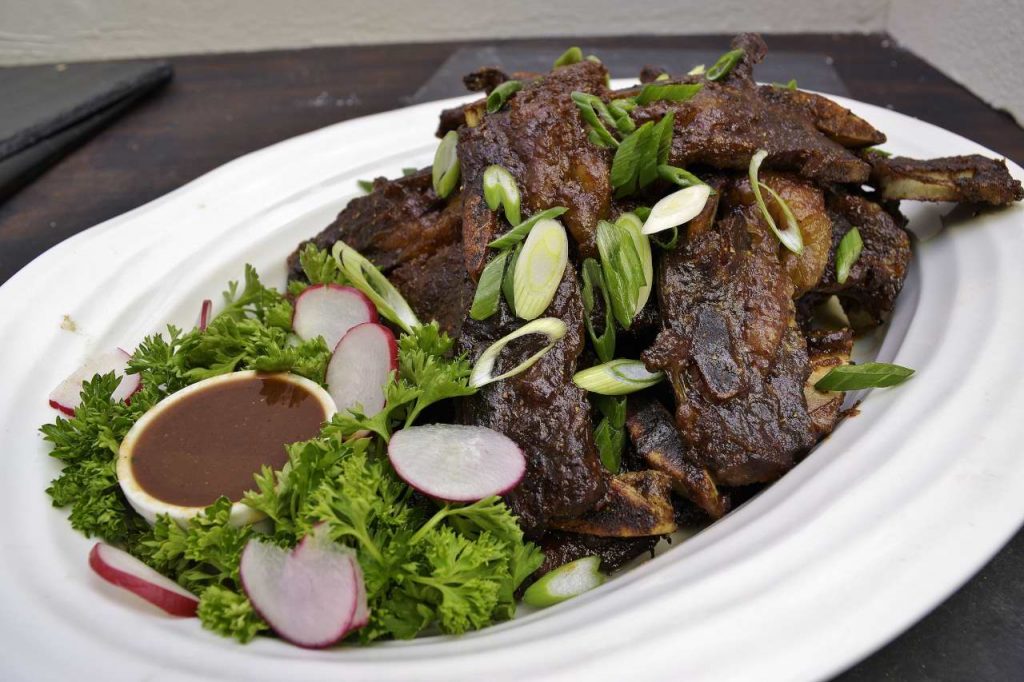 For that matter, Carême didn’t just make them up–somebody taught them to him too, we just don’t know exactly who. So what? I’ll tell you so what.
For that matter, Carême didn’t just make them up–somebody taught them to him too, we just don’t know exactly who. So what? I’ll tell you so what.Reality
Chefs are a proud lot, especially acclaimed ones. That’s not news. And I’d be willing to wager that Carême would have taken a critical, dim view of Escoffier’s interpretations of recipes that Carême had mastered. And whoever taught Carême would probably have felt much the same way about how THEIR recipes were being corrupted and bastardized by Carême. Can’t you just imagine the clucking, the rolling of the eyes, the shaking of the head as Carême read one of Escoffier’s culinary treatises?
I can almost hear him sputtering (in French) “That’s not a REAL, AUTHENTIC, TRADITIONAL demi-glace!” So, what’s the point? Humans are a funny lot. Moses brought chiseled tablets down the mountain, revealing unalterable truth, never to be readjusted. But nobody ever did that with Marinara sauce. We imagine an objective standard against which everything can be compared, evaluated, and critiqued.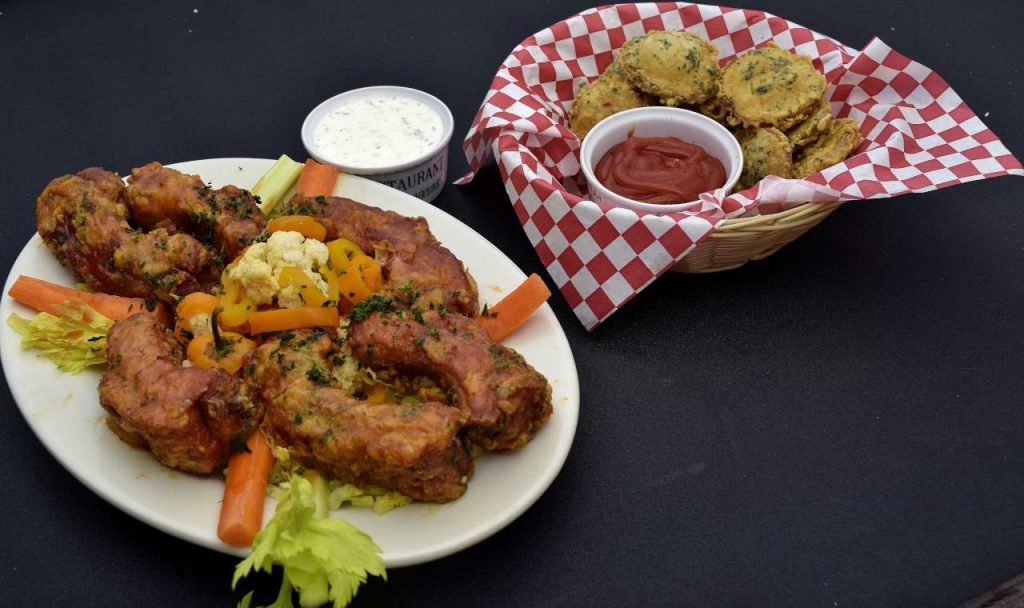 We indulge ourselves in comments like “That’s not a TRUE Scallopini.” After all–once you introduce sous vide into preexisting recipes, you have abandoned tradition from the get-go. Maybe someday people will look at a paper lined basket and say “That’s not a TRADITIONAL Hot Pocket, and I KNOW, because my Nonna learned how to make them from HER mother, and THAT’S not the way they were made back in the OLD country.” And who puts KETCHUP on a HOT DOG?Every chef leans one way or another when it comes to naming/describing menu items. Americans like to name dishes after exotic places, events and celebrities, preferably foreign. I have noticed that contemporary French and Italian restaurants opt for listing the components of menu items, rather than give them proper names. Hardly any capital letters to be seen. “Wellington” becomes supplanted by “en croute” (in a crust).
We indulge ourselves in comments like “That’s not a TRUE Scallopini.” After all–once you introduce sous vide into preexisting recipes, you have abandoned tradition from the get-go. Maybe someday people will look at a paper lined basket and say “That’s not a TRADITIONAL Hot Pocket, and I KNOW, because my Nonna learned how to make them from HER mother, and THAT’S not the way they were made back in the OLD country.” And who puts KETCHUP on a HOT DOG?Every chef leans one way or another when it comes to naming/describing menu items. Americans like to name dishes after exotic places, events and celebrities, preferably foreign. I have noticed that contemporary French and Italian restaurants opt for listing the components of menu items, rather than give them proper names. Hardly any capital letters to be seen. “Wellington” becomes supplanted by “en croute” (in a crust).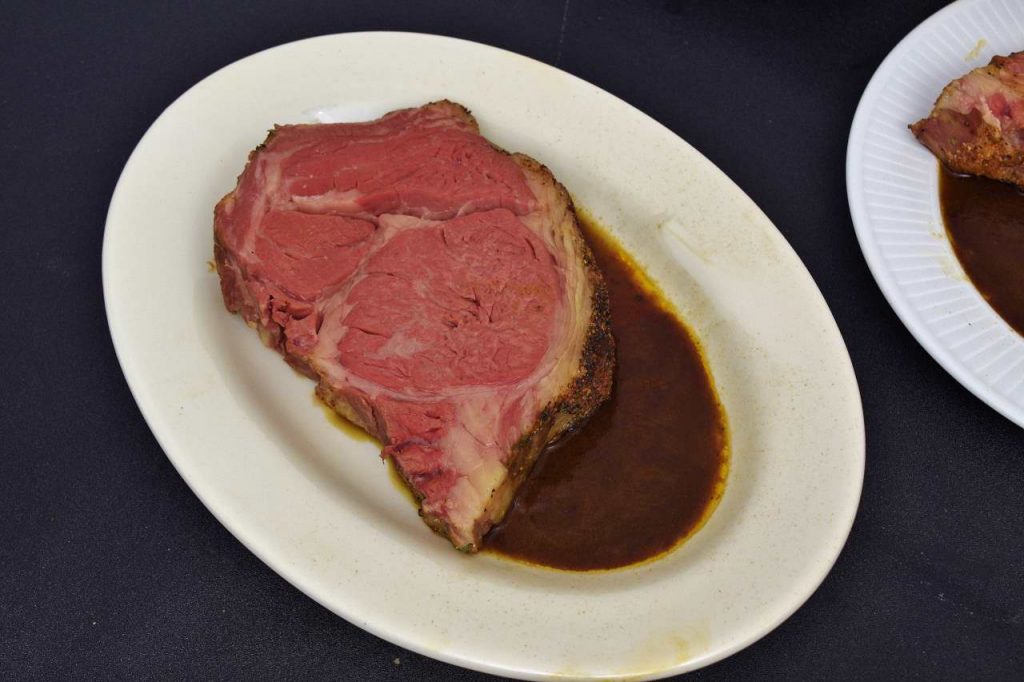 There’s less controversy/confusion that way. Waiters don’t have to answer (and bungle) the question “what’s in it?”or “how do you pronounce this?” You don’t have to call it Hollandaise sauce–it’s perfectly fine to just call it a “lemony emulsion.”So, the next time you make something, you can avoid looking up (or faking) how to spell a word in a foreign language; when to use “ à la,” instead of “ à la façon du,” etc. And when you see something called something that doesn’t exactly duplicate what you understood the dish to be, ask yourself “Is he/she trying to get me to buy this?” Because, if they’re not, well, it really doesn’t matter what they call it.If they say it’s osso buco, osso buco it is! I suppose it should have a bone with a hole in it, because that is the literal translation. Nothing about veal, or the appropriate sauce. Everything is real, nothing is fake. Authenticity is a red herring–just ask Carême.
There’s less controversy/confusion that way. Waiters don’t have to answer (and bungle) the question “what’s in it?”or “how do you pronounce this?” You don’t have to call it Hollandaise sauce–it’s perfectly fine to just call it a “lemony emulsion.”So, the next time you make something, you can avoid looking up (or faking) how to spell a word in a foreign language; when to use “ à la,” instead of “ à la façon du,” etc. And when you see something called something that doesn’t exactly duplicate what you understood the dish to be, ask yourself “Is he/she trying to get me to buy this?” Because, if they’re not, well, it really doesn’t matter what they call it.If they say it’s osso buco, osso buco it is! I suppose it should have a bone with a hole in it, because that is the literal translation. Nothing about veal, or the appropriate sauce. Everything is real, nothing is fake. Authenticity is a red herring–just ask Carême.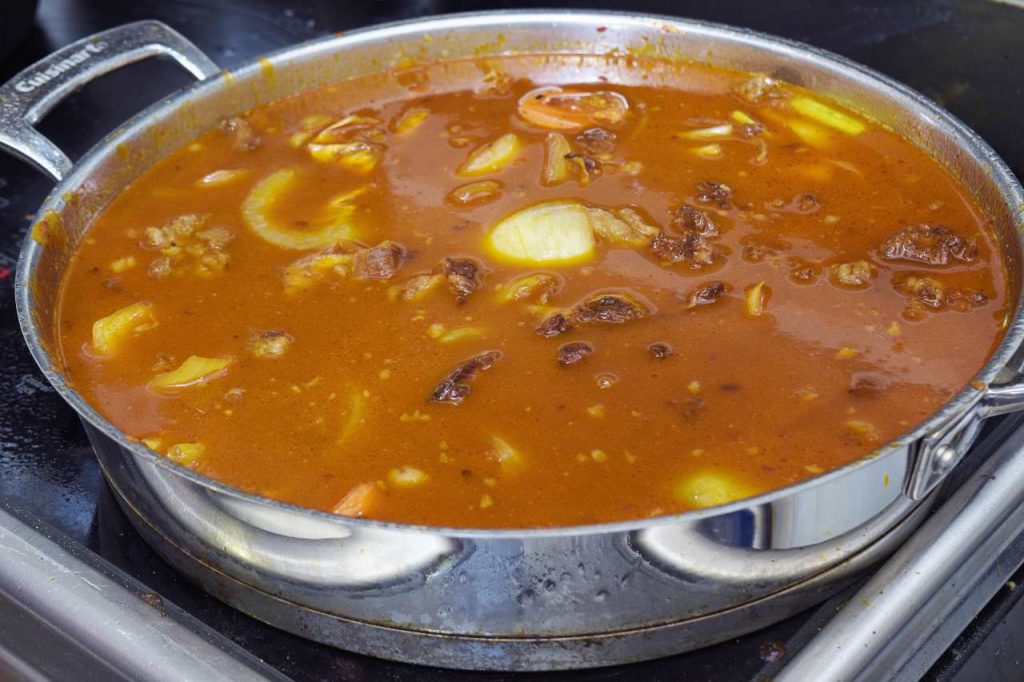
Sous vide has numerous virtues–tenderization, pasteurization, uniformity in degree of doneness, and more. But people get so excited about learning the new methodology, they tend to assign characteristics to it that are not really part of the big picture. Let’s go over a few of them.
Sous vide is not magic. The only puff of smoke is the one that occurs when your sv project hits the hot pan or the bbq. Sous vide processed steaks are great, and neophytes usually gravitate to them early in the learning process. Sous vide makes steaks come out with a uniform appearance of doneness–medium rare all the way through, etc. But sous vide does not tenderize steaks–not in 2-4 hours anyway. 129F-135F can convert collagen to gelatin–but it does so very slowly, very, very slowly. The only real effect sous vide has on steaks is the uniformity in appearance of doneness that I mentioned, AND
Sous vide minimizes the loss of moisture because of the sealed environment, and that is amazing in itself.
Sous vide has no effect on flavor. It does not facilitate the application of seasonings. The scientific evidence tells us that other than salt, nothing can penetrate the tangled matrix of complex proteins of which meat is composed. Seasoning/flavoring after processing is much more efficient than seasoning before. It also requires much less of the seasoning than it would otherwise.
The most amazing benefit of sous vide occurs when it is applied to tougher cuts. The conversion of collagen to gelatin is the definition of tenderness, and sous vide performs that function at much lower temperatures than any other method. The lower the heat, the less the inherent damage to the cellular structure of the protein.
converting dry brine to wet brine
How to convert dry cure to wet cure? What was once 1 tablespoon per lb of meat becomes anywhere from 10 oz/2 gallons to 40oz./2 gallons of water. According to the literature, even the highest concentration will not exceed the federal regulatory limits for nitrite levels. Ultimately, “taste testing” the completed brine will give you the best idea of how the finished product will come out—if you brine the meat long enough, it will have exactly the same concentration of salt/sugar flavor as the brine.
Morton’s high end recommendations(up to 2.5 lbs. Cure/2 gallons water) assure that your finished product will keep for a long time, but it will be pretty salty.
Make sure you completely submerge your pork bellies.2 Gallons of brine is about right for 2 x 3-pound pork bellies. One week per inch of thickness at least, wet brine is much slower than dry brine.
Enough with the Wellington
There are numerous challenges to the Wellington model, no matter which approach you take. Puff pastry is almost impossible for the novice to make, so you have to buy it. As if that wasn’t annoying enough, puff pastry with wet things inside it comes out crisp on the outside and gooey on the inside. That’s why you put the jam on a Croissant instead of inside it.
It looks cool if you cut the first slice off, or cut it in half, but try slicing it in uniform pieces without totally losing the crust on the bottom. Totally soaked. Since hardly anybody wraps the filet in prosciutto or puts foie gras or truffles, or, thankfully, mushroom duxelles in the package, we shouldn’t even be calling it Wellington. Beef tenderloin en croute is at least honest.
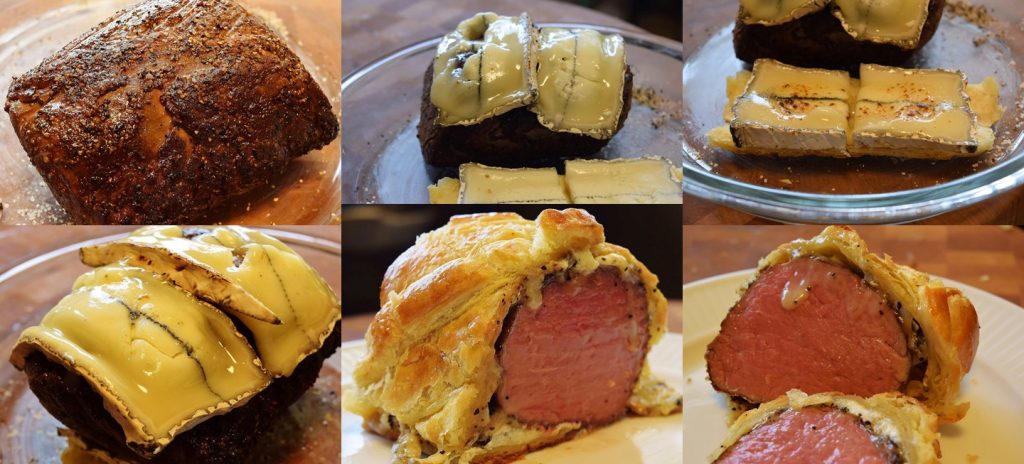 SV does a number of good things. I love sous vide, no debate there. It pasteurizes, which, in the case of Wellington is unnecessary and even undesirable. It preserves, again, unnecessary. So far, so bad.
SV does a number of good things. I love sous vide, no debate there. It pasteurizes, which, in the case of Wellington is unnecessary and even undesirable. It preserves, again, unnecessary. So far, so bad.
SV creates uniform appearance of doneness throughout the cut of meat. This is why sv steaks and roasts are so great. Hold on, folks. The Wellington pastry crust already does that–by design. People don’t realize this. The use of the insulating pastry crust is actually a primitive or at least indirect form of sous vide. If Wellington is baked and rested properly, the appearance of doneness is uniform through and through. Kind of the whole idea.
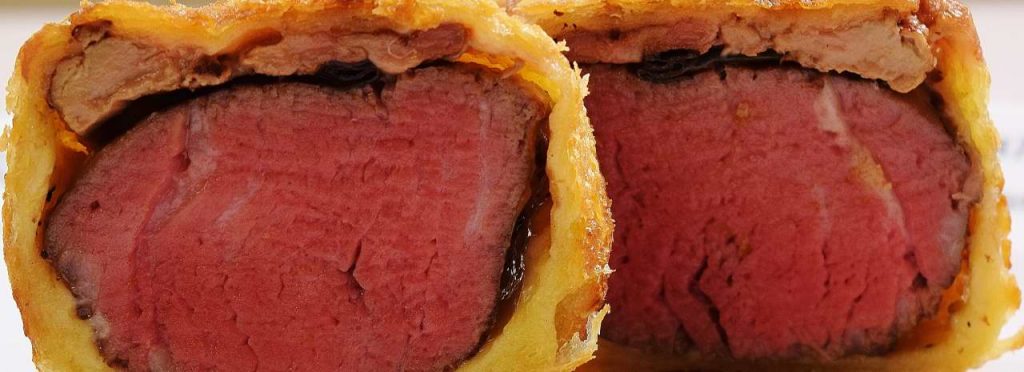
The filet is SUPPOSED to be raw, (seared), before it is wrapped in the crust. If you use sous vide, you’re cooking the filet before you’re cooking the filet. It’s like sous vide processing something twice, just because you like sous vide so much.
This is why I don’t sous vide Wellington. I really don’t care if you do it or not. People ask me why I don’t do it. This is why I don’t do it.
NEXT QUESTION.

